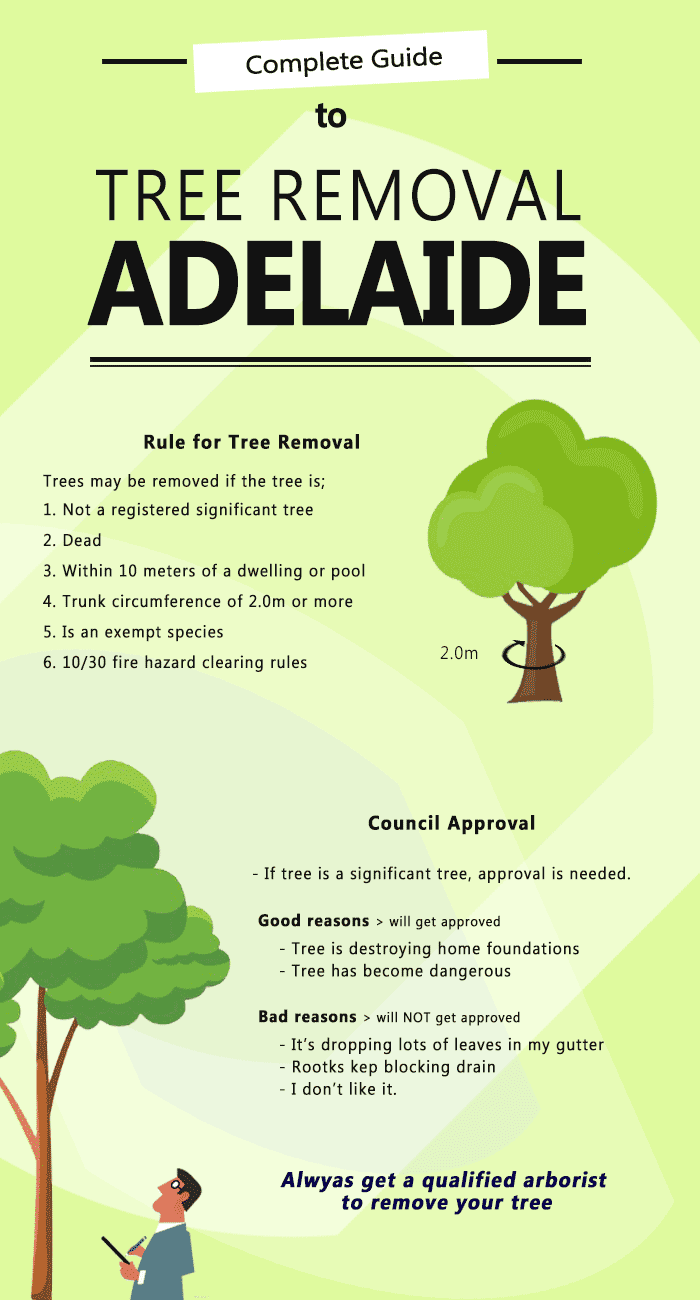Recognizing The Requirement For Tree Elimination: A Guide For Homeowners
Recognizing The Requirement For Tree Elimination: A Guide For Homeowners
Blog Article
Content Composed By-Jacobsen Noer
Trees add charm and value to residential or commercial property, but they can additionally pose a risk throughout extreme weather occasions. If a tree has actually stopped expanding, is showing visible fungal growth, or has a leaning trunk, it should be removed by an expert to stay clear of building damage and injury.
To learn more, participate in a house owner source fair co-hosted by HPD, the Facility for New York City Neighborhoods, and Brooklyn-based real estate partners this evening in Bedford-Stuyvesant. The occasion will feature the Property owner Handbook, a new overview to assist property owners browse the responsibilities of having a home.
1. Dead or Perishing Branches
Trees are an important part of your home's landscape, offering color and appeal. They additionally provide sanctuary for wildlife and generate oxygen, yet even healthy trees can experience illness that might require their removal. Dead or passing away trees aren't simply unattractive, they can be unsafe. Their branches might drop during a storm, bring about costly home damage and injuries.
When a tree's branches start to die, it indicates that its framework is beginning to break down. If the majority of its branches are dead, it is likely time to remove it.
https://tucson.com/tips-for-keeping-your-citrus-trees-happy-healthy-productive/collection_b0effcd2-115f-11e6-a468-33e0fa5a20cb.html for a lack of new development, bark peeling, open wounds or cavities, fungi expanding on the trunk or roots and a basic look of degeneration in the entire canopy. These signs of infection can indicate a significant problem that will require professional tree solutions to solve.
2. Leaning Trunk
While it's typical for trees to lean once in a while as a result of phototropism, if a tree has a dangerous or severe lean that's not due to natural processes - it could be an indication that the tree needs to be eliminated. If the tree is favoring a high-voltage line, home, vehicle, play structure or any other location that could be dangerous to individuals if it falls, after that contacting a professional tree solution for removal need to be a top concern.
It's also important to look for any kind of sudden changes in a tree's leaning as it can show damage to the origins or trunk that might lead to falling. This is specifically real during stormy weather, given that high winds and rain-soaked soil can cause a lean to transform rapidly. Regular monitoring, especially during and after storms can help house owners recognize potential problems with their trees so they can call an arborist for a comprehensive evaluation.
3. Pest Problem
Some pest invasions, such as wood-boring insects like emerald ash borer or sap-suckers like range pests, are so serious that they can create a tree to die. The most effective method to prevent pest problem is to check your trees often. Seek spots, holes, or discolorations in the fallen leaves and bark. Check out the trunk for splits and indicators of insect damage, such as tunnels or tracks.
If a tree ends up being too infested with bugs, or is close to a home or power lines, an arborist might recommend removal. If a leaning tree establishes a new, unsteady lean, an arborist will likely suggest removal also to make sure the safety of people and residential or commercial property. If a damaged or dead tree continuously sheds extreme branches, it is a sign that it is time to eliminate the tree. If a tree remains to lose branches for an extensive period of time, it can bring about architectural problems and prospective home damage.
4. Harmed Trunk
Trees are an attractive and integral part of our landscape, but they do require normal care to keep them healthy and balanced and risk-free. If arborist helmet with bluetooth is damaged irreparable it is likely time for it to find down.
Try to find indicators of damages to the trunk, including vertical splits, joints, dead branch stubs, visible wounds or open tooth cavities and extreme tree-rot. The visibility of fungi at the base of the trunk is an additional cautioning indication. Fungi may suggest that the phloem and xylem (life-support tissues) are jeopardized, allowing for the spread of condition or a future failing.
Likewise, consider whether the tree has actually stopped growing. Healthy trees will certainly have brand-new growth annually, which might show up as buds or branches sprouting and extending. If you do not see any kind of new growth, it's an excellent idea to have an arborist assess the tree and follow their suggestion for removal. A passing away or harmed tree can drop and trigger residential or commercial property damage.